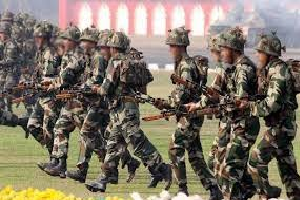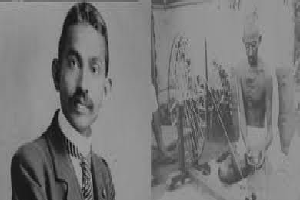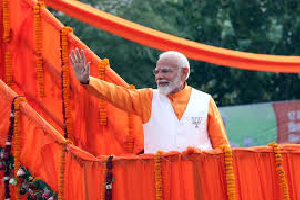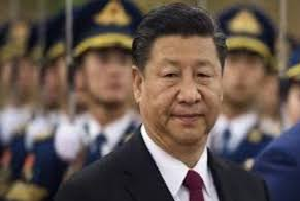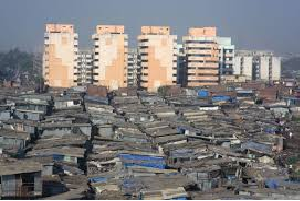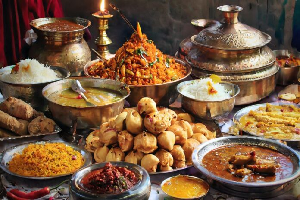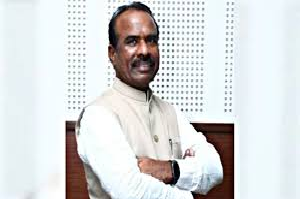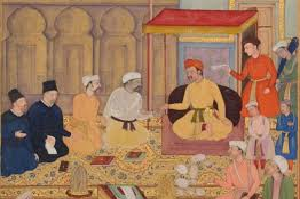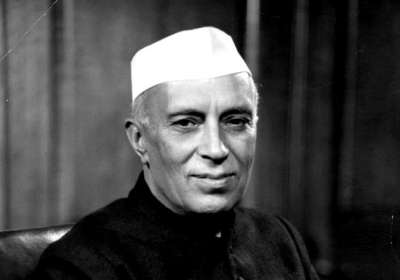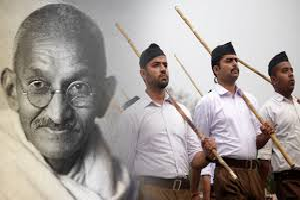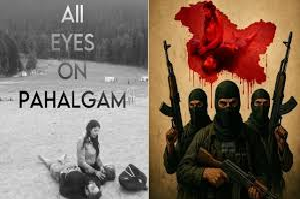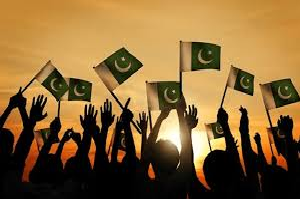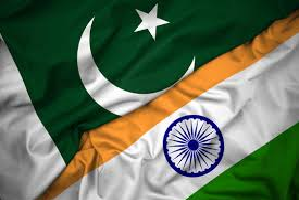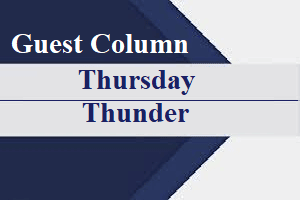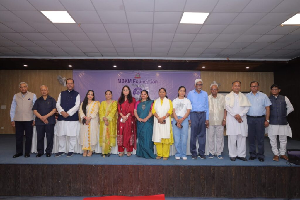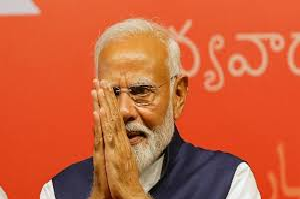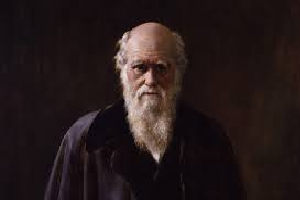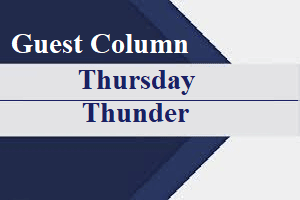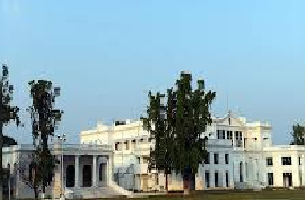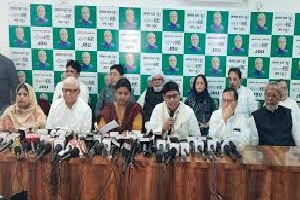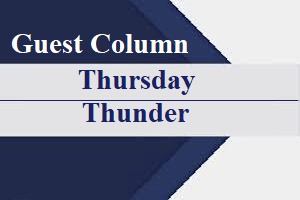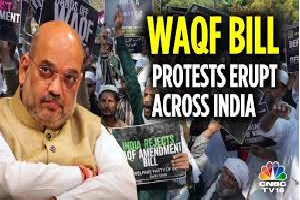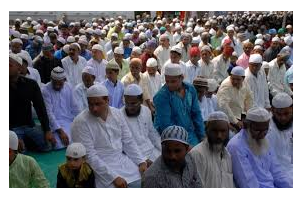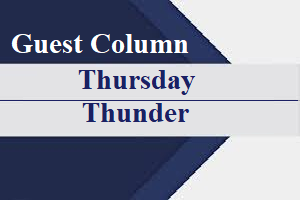10

Today’s Edition
New Delhi, 10 May 2024
Dr Satish Misra
In a desperate bid to keep the communal pot boiling during the remaining four phases of the Lok Sabha polls, the Economic Advisory Council to the Prime Minister (EAC-PM) released a report to the media on May 9 which claimed that the share of the Hindu population decreased by 7.82 per cent between 1950 and 2015 in India, while that of Muslims increased by 43.15 per cent.
The timing of the release of a recent paper raises several questions about the intent and the purpose of the move. While the paper suggests that there is a conducive environment in the country to foster diversity, bringing it into the public domain during the ongoing general elections leaves no one in doubt that the real aim is to keep the Hindu-Muslim question raging in public debate.
Article at a Glance
The Economic Advisory Council to the Prime Minister (EAC-PM) has released a report claiming that the Hindu population in India decreased by 7.82% between 1950 and 2015, while the Muslim population increased by 43.15%.
The report's timing, during the ongoing Lok Sabha polls, raises questions about its intent and purpose. Critics argue that the report is an attempt to keep the Hindu-Muslim question raging in public debate, particularly as intelligence reports suggest the BJP's winning prospects are not positive.
The report's data selection and narrative have been criticized for being biased and fitting into Prime Minister Narendra Modi's charge of Muslim appeasement against previous governments.
It is more than obvious that intelligence reports of the three phases of the Lok Sabha polls are not positive of the winning prospects of the BJP and there are clear signs of the ruling party’s meltdown.
Evan a cursory look at the paper reveals that data between 1950 and 2015 has been intelligently picked and overlooked to build a narrative that suits the ruling establishment and fits in Prime Minister Narendra Modi’s charge of Muslim appeasement against previous governments. That the interests of the Hindu majority were hurt for 65 years till his government assumed charge in 2014, the paper asserts.
The paper titled 'Share of Religious Minorities: A Cross-Country Analysis (1950-2015)' further said the share of Jains in the population of India decreased from 0.45 per cent in 1950 to 0.36 per cent in 2015.
“The share of the majority Hindu population decreased by 7.82 per cent between 1950 and 2015 (from 84.68 per cent to 78.06 per cent). The share of the Muslim population in 1950 was 9.84 per cent and increased to 14.09 per cent in 2015 -- a 43.15 per cent increase in their share," said the paper prepared by a team led by Shamika Ravi, a member, of the Economic Advisory Council.
According to the paper, the share of the Christian population rose from 2.24 per cent to 2.36 per cent -- an increase of 5.38 per cent between 1950 and 2015.
While the share of the Sikh population increased from 1.24 per cent in 1950 to 1.85 per cent in 2015 - a 6.58 per cent rise in their share, the share of the Parsi population in India witnessed a stark 85 per cent decline, reducing from 0.03 per cent share in 1950 to 0.004 per cent in 2015.
The data indicates that "there is a conducive environment to foster diversity in the society," the paper said, adding that it is not possible to promote better life outcomes for the disadvantaged sections of society without providing a nurturing environment and societal support through a bottom-up approach.
The paper underlined that a decrease in the share of the majority population and a consequent increase in the share of minorities suggests that the net result of all policy actions, political decisions and societal processes is to provide a conducive environment for increasing diversity in society.
The report pointed out that in keeping with the global trends of declining majority, India too has witnessed a reduction in the share of the majority religious denomination by 7.82 per cent.
"This is particularly remarkable given the wider context within the South Asian neighbourhood where the share of the majority religious denomination has increased and minority populations have shrunk alarmingly across countries like Bangladesh, Pakistan, Sri Lanka, Bhutan and Afghanistan," the paper stressed.
The paper said it is not surprising, therefore, minority populations from across the neighbourhood come to India during times of duress.
It pointed out that all the Muslim-majority countries witnessed an increase in the share of the majority religious denomination except Maldives, where the share of the majority group (Shafi'i Sunnis) declined by 1.47 per cent.
In Bangladesh, there was an 18 per cent increase in the share of the majority religious group which is the largest such increase in the Indian subcontinent. Pakistan witnessed an increase of 3.75 per cent in the share of the majority religious denomination (Hanafi Muslim) and a 10 per cent increase in the share of the total Muslim population despite the creation of Bangladesh in 1971.
According to the report, among non-Muslim majority countries, Myanmar, India and Nepal saw a decline in the share of the majority religious denomination.
The paper noted that the year 1950 is important as a baseline year for two major reasons.
This was around the time that the international human rights framework under the aegis of the newly created United Nations began to take shape with minority rights and state responsibility for the protection of minorities being mainstreamed in international law, the paper said.
The paper is a detailed cross-country descriptive analysis of the status of minorities around the world measured in terms of their changing share in a country's population over 65 years between 1950 and 2015.
For the 167 countries analysed, the average value for the share of the majority religious denomination in the baseline year of 1950 is 75 per cent, while the mean of the distribution capturing the change in majority religious denomination between 1950 and 2015 is 21.9.
Political analysts and poll pundits are of the view that the paper is an attempt by Modi to stem the popular tide that is currently running against the BJP.
---------------


